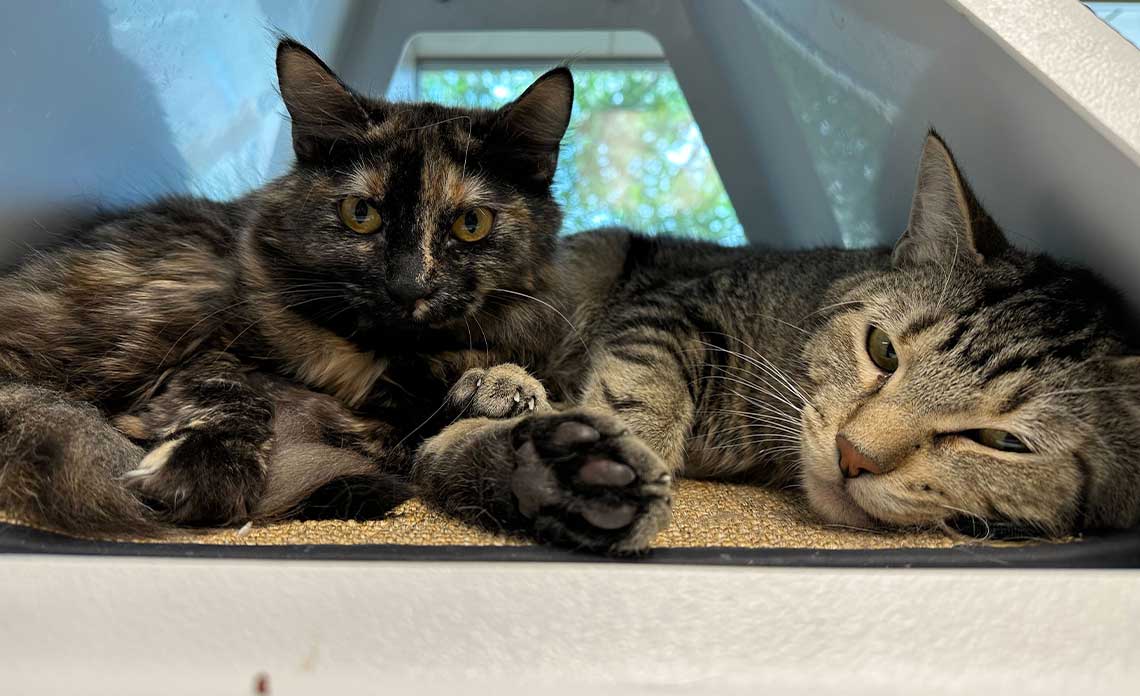Cats are fascinating creatures, known for their playful and sometimes mischievous behavior. As cat owners, it’s our responsibility to ensure they learn how to play appropriately and control their teeth and claws. In this guide, we’ll explore the importance of teaching kittens these skills and provide you with practical tips on how to engage them in stimulating play sessions.
Understanding Kitten Behavior
It’s not uncommon for young kittens raised as singletons to use their teeth and claws more frequently and with more intensity than kittens raised with littermates. When kittens grow up with others of their kind, they learn vital lessons about how to play gently and regulate the pressure of their bite. Unfortunately, as humans, we can’t communicate with cats about how hard or soft to bite. However, what we can do is teach them more appropriate ways to play with people.
The Predatory Sequence: Hunt, Catch, Kill, Eat, Groom, Sleep
Before diving into specific playtime activities, it’s essential to understand the feline predatory sequence. Cats follow a distinct pattern when hunting and playing, which includes:
Hunt: Cats stalk their prey, preparing for the chase.
Catch: They pounce on their prey to capture it.
Kill: Cats simulate the act of killing their prey.
Eat: After the “kill,” they may engage in simulated eating.
Groom: Cats clean themselves to remove scents that could alert other prey.
Sleep: After a successful “hunt,” cats rest.
Engaging in Interactive Play
Now, let’s explore how you can engage your kitten in interactive play sessions that mimic this natural predatory sequence:
- Start with Hunt
Grab a wand toy and let your kitten “hunt” it.
Play with your kitten for 5-10 minutes, depending on their energy level and interest.
If the wand toy has a ribbon, make it resemble a sneaky snake or a bird floating through the air.
If it has a furry attachment, let it mimic a darting mouse.
These movements will help your cat unleash their inner hunter. Encourage them to chase, stalk, wiggle and pounce on the toy.
- Catch and “Kill”
As playtime winds down, allow your kitten to catch the toy and sink their teeth and claws into it. This simulates the “catch and kill” steps of the predatory sequence.
- Post-Play Treats and Rest
After several minutes of play, remove the toy and reward your cat with treats, a meal, or a small spoonful of wet food. This signals the end of the hunting phase, and your cat will transition to grooming and eventually napping.
- Repeat the Sequence
To keep your kitty entertained and mentally engaged, repeat this sequence as needed throughout the day.
Additional Toy Options
Consider using laser light toys or battery-activated toys that allow your cat to “hunt, catch and kill” with less effort on your part. However, always follow up with treats and a nap to prevent your cat from feeling the need to hunt continuously.
Provide Scratching Posts and Scratch Pads
In addition to playtime, it’s essential to give your kitty plenty of appropriate outlets for their claws. Scratching posts and scratch pads are excellent choices for cats to exercise their claws without damaging furniture.
Understanding your kitten’s natural behavior and providing them with stimulating and appropriate play experiences is crucial for their well-being. By following these guidelines, you can help your kitten learn how to control their claws and enjoy hours of interactive and enjoyable playtime together.
Stay up to date
Follow us on Facebook, Instagram and Twitter for the latest news.





